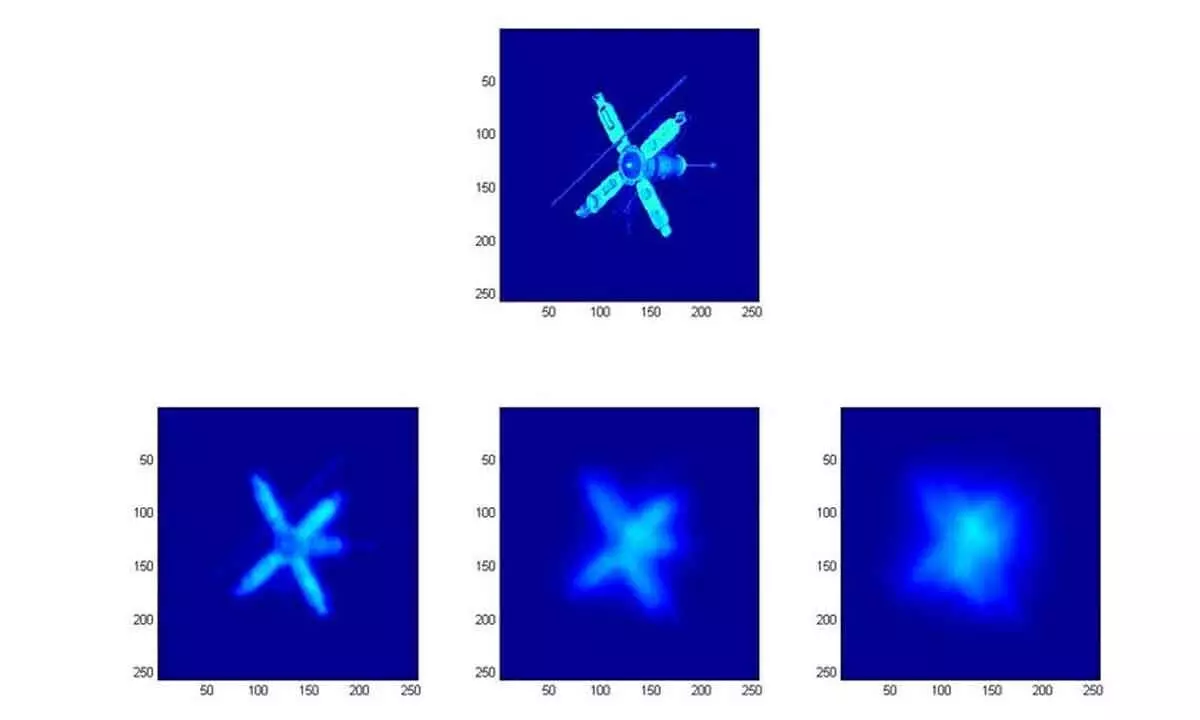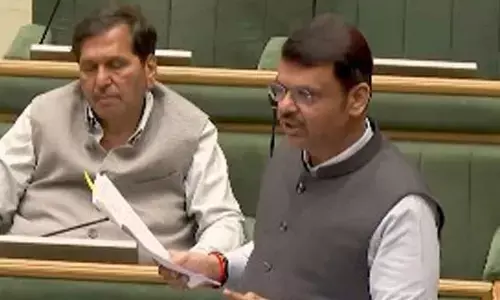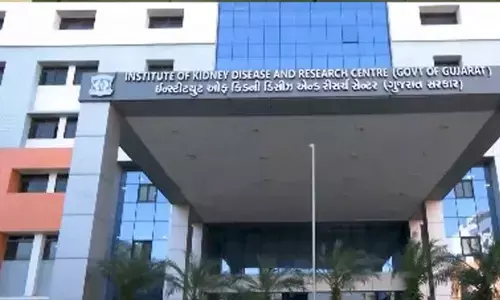AI tool helps remove atmospheric blur from cosmos images

By cleaning up images in the right way, we can get more accurate data. The algorithm removes the atmosphere computationally, enabling physicists to obtain better scientific measurements
New Delhi: Scientists have adapted a well-known computer-vision algorithm, which works faster and produces more realistic images, and applied it to astronomical images from ground-based telescopes. This innovation of the researchers of Northwestern University, US, and Tsinghua University in Beijing, China, could help remove errors and solve the "blur" in astronomical images, they said. The research is published in the journal Monthly Notices of the Royal Astronomical Society. "Astronomical images are used for science.
By cleaning up images in the right way, we can get more accurate data. The algorithm removes the atmosphere computationally, enabling physicists to obtain better scientific measurements. "At the end of the day, the images do look better as well," said Northwestern's Emma Alexander, the study's senior author. The blur, caused by the Earth's atmosphere through which the light coming from distant objects passes, becomes an issue when astrophysicists analyze images to extract cosmological data.
Studying the apparent shapes of galaxies helps astronomers in detecting large-scale cosmological structures' gravitational effects. However, the atmospheric blur smears the image in a way that can distort the shapes of galaxies and make them appear rounder or more stretched than they are. Removing the blur enables scientists to collect accurate shape data. "If you look at an image from a ground-based telescope, a shape might be warped. It's hard to know if that's because of a gravitational effect or the atmosphere," said Alexander.
To tackle this challenge, Alexander's team combined an optimization algorithm with a deep-learning network trained on astronomical images, that included simulated data matching Vera C. Rubin Observatory's (currently under construction in Chile) expected imaging parameters. The resulting tool produced images with 38.6 per cent less error compared to classic methods for removing blur and 7.4 per cent less error compared to modern methods. "Now we pass off this tool, putting it into the hands of astronomy experts," Alexander said. "We think this could be a valuable resource for sky surveys to obtain the most realistic data possible." For astronomers interested in using the tool, the open-source, user-friendly code and accompanying tutorials are available online.














